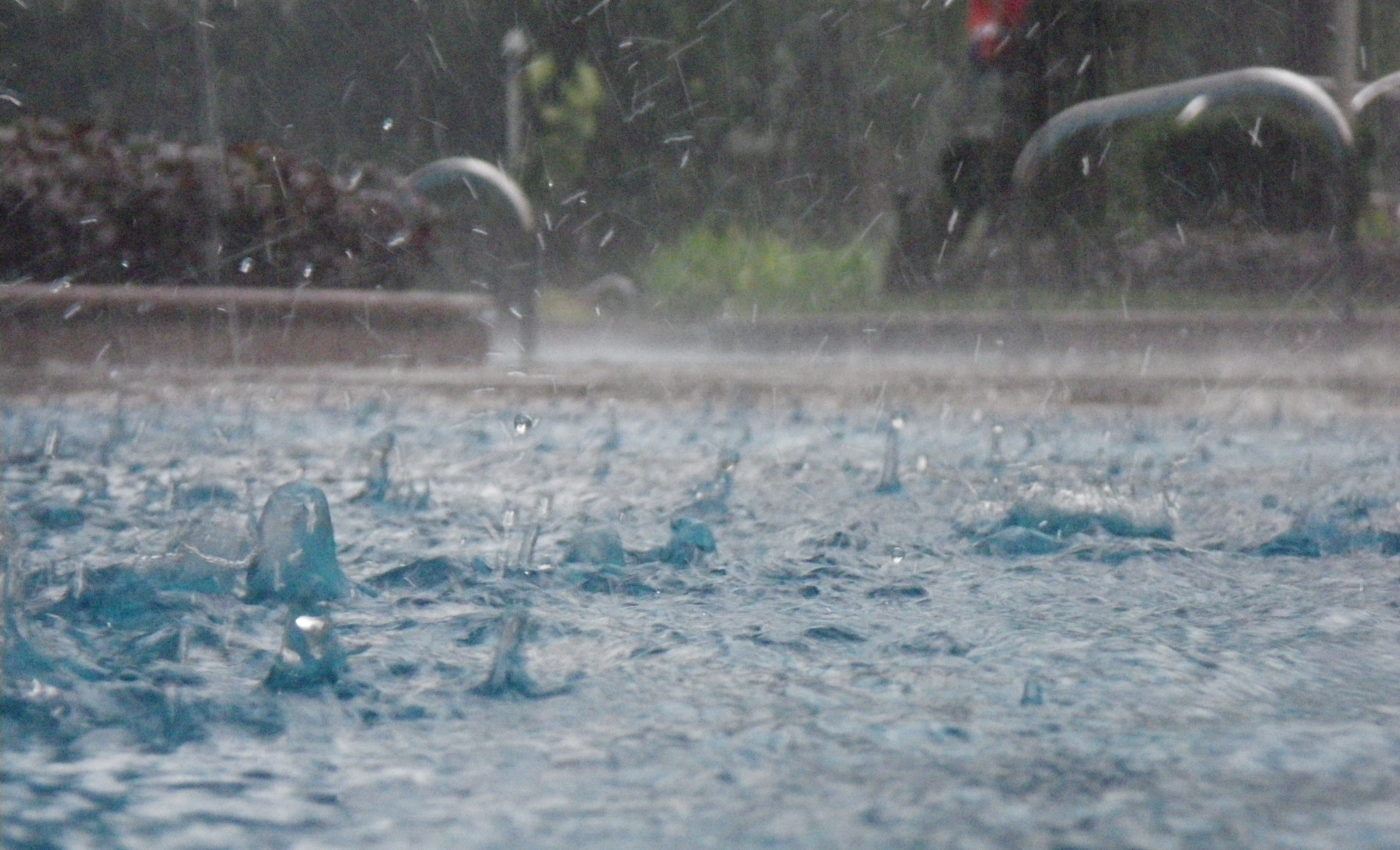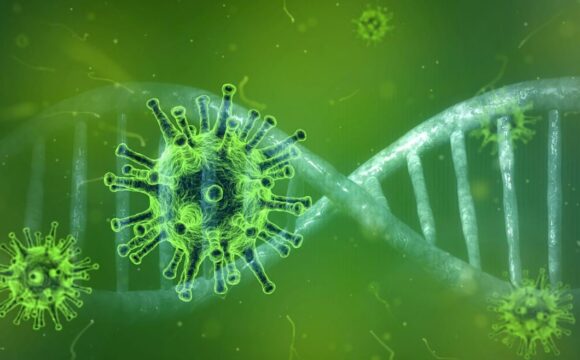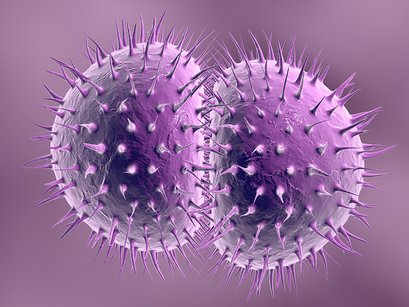- Love monsoon? Why shouldn’t we, it has been always fascinating to watch the dark rainclouds after the scorching heat of the summer season. There is something mysterious and frightening yet calming about the dark clouds. Everybody enjoys the season in their own way. Monsoon calls for fun and frolic. Though we love everything about monsoon but diseases which surround the rainy season are the unfortunate concern for people. The risk of getting infected with vector-borne diseases like dengue, and malaria increases.
So what are vectors?
Vector is an agent that carries and transmits a disease to its host organism. Vectors include animals and microorganisms that transmit different diseases. The most common vectors are mosquitoes, ticks, lice, flies, and fleas. For instance, some mosquitoes can carry yellow fever, malaria, and dengue fever.
Mosquitoes turn to be scary villains!!
Mosquitoes choose the blood donor by odors and visual clues. The female mosquito has a proboscis that penetrates the skin of its victim. Once through the skin, the mosquito’s proboscis begins probing for a tiny blood vessel. The mosquito’s saliva includes a combination of anti-hemostatic and anti-inflammatory enzymes that disrupt the clotting process and inhibit the pain reaction (so that the victim is unaware of the bite!)
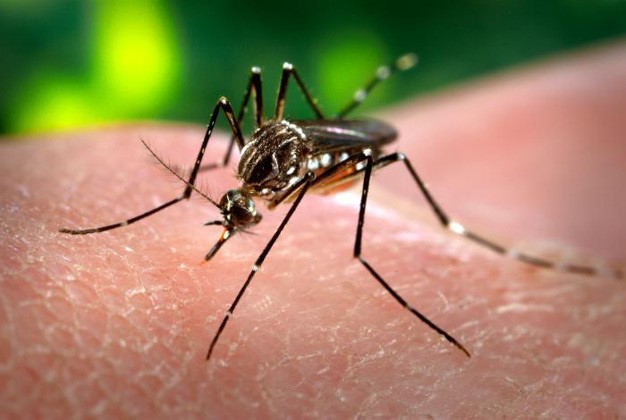
(Source: https://www.nature.com/scitable/topicpage/dengue-transmission-22399758)
Why does a mosquito need human blood?
The female mosquito lays 30-150 eggs every 2-3 days. Human blood is needed to nourish these eggs.
The dengue virus is carried and spread by mosquitoes belonging to the genus Aedes. The primary vector of the dengue virus is the species Aedes aegypti. It can be identified by the white bands on its legs and a silver-white pattern of scales on its body. They are unable to survive cold winters whereas they require a warm climate. These mosquitoes are associated with the living spaces of humans. They generally spend their entire lives in and around the houses where their eggs are hatched.
Malaria is transmitted from man to man by the female Anopheles mosquito. Various species have been found to be the vectors in different parts of the world. Human malaria is caused by four different species of Plasmodium: P. falciparum, P. malariae, P. ovale and P. vivax.
The two main species i.e. Plasmodium falciparum and P. vivax are responsible for the majority of malaria cases in India.
What could be the causes and risk associated with it?
The risk of contracting these infections has increased dramatically since the 1940s. This upward trend is due to increases in long-distance travel, population growth, and urbanization, lack of sanitation and ineffective mosquito control. Stagnant water, clogged drains, overflowing manholes, swarming insects, temperature fluctuations and even wet clothes on the clothesline can cause serious ailments. Both dengue and malarial infection can cause acute febrile illness, can cause quite similar symptoms and signs and may not be clinically distinguishable. Malarial fever lasts for a shorter duration whereas dengue fever may last for a longer duration for about seven days. There is no vaccine or specific treatment for dengue, malaria is treatable, but any delay in treatment may result in increased morbidity and even mortality. In recent years, both dengue and malaria fever have become leading causes of morbidity and mortality in tropical and subtropical areas throughout the world.
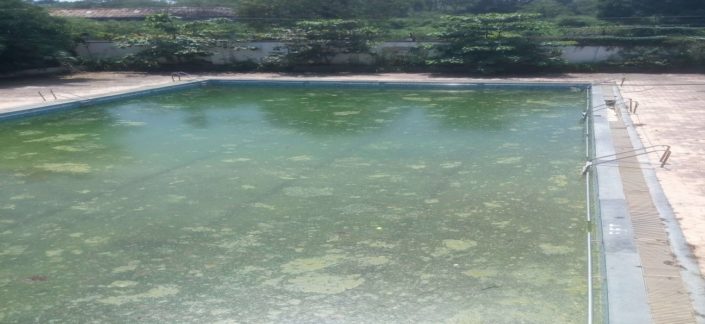
(Source: https://timesofindia.indiatimes.com/citizen-reporter/stories/denguerisk/crshow/66946222.cms)
Precautions
It is extremely important to take the necessary precautions to prevent these diseases.
- Use of insecticide-treated mosquito nets
- Use of Mosquito Repellent
- Close Doors and Windows before Sunset
- Keep Your Environment and Surroundings Clean
- Use of larvivorous fish for mosquito control, eg: fishes like guppy or gambusia can be used in fountains, aquariums, ornamental tanks and other places to combat mosquitoes effectively
- Get immediate medical advice if symptoms are prevalent
- Avoid visiting areas prone to mosquitoes
Globalization, unplanned urbanization and environmental challenges such as climate change are having a significant impact on disease transmission in recent years. Some diseases, such as dengue and malaria, are emerging in those parts of countries where they were previously unknown. Hence it is very crucial to be cautious and lead a healthy lifestyle.
References:
- https://www.who.ihnt/news-room/fact-sheets/detail/malaria
- World Health Organization. Dengue: Guidelines for Diagnosis, Treatment, Prevention and Control.Geneva: World Health Organization and the Special Programmed for Research and Training in Tropical Diseases, 2009.
- James M. Crutcher and Stephen L. Hoffman. Medical Microbiology 4th edition, Chapter 83: Malaria



